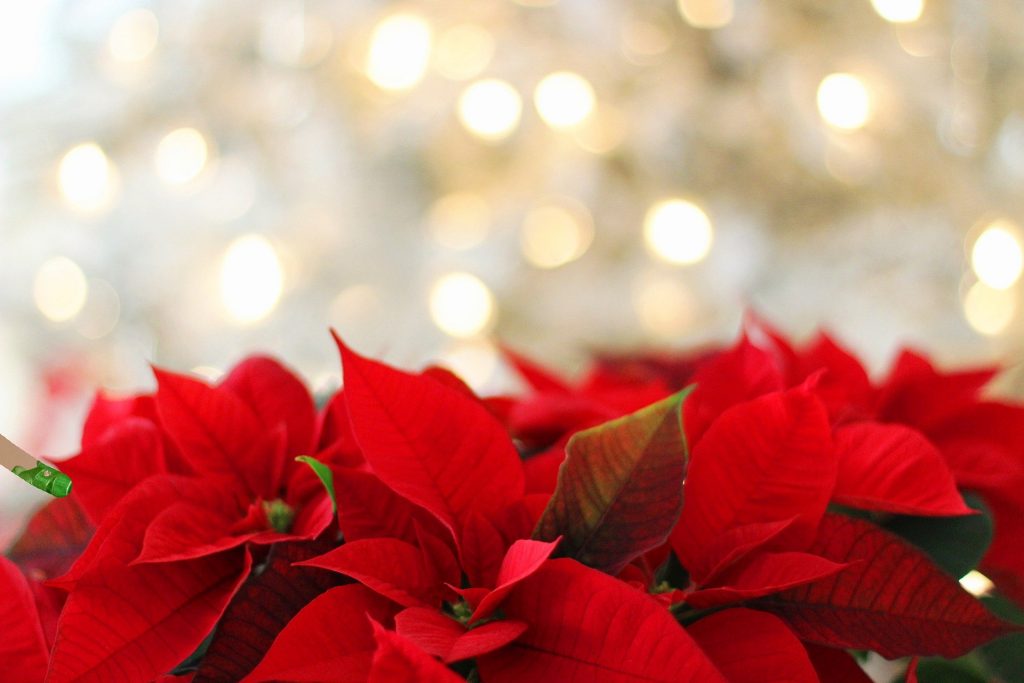
Looking for tips on how to keep your festive holiday plants thriving and attractive in season? Virginia Cooperative Extension horticulture agent Adria Bordas says that poor lighting and excessive dry heat in homes make it difficult to maintain indoor plants that many people purchase for holiday décor.
“To ensure a longer indoor life during the holiday season, plants such as poinsettias, the Christmas cactus, amaryllis, and rosemary require adequate lighting and moist air to maintain their attractive look and vibrant color,” says Bordas.
Bordas says the poinsettia is a native of Mexico, so it should not surprise us that it needs a little “helping hand” to ensure a longer, fuller life in our indoor environments and colder climate.
Tips for keeping holiday plants healthy:
When purchasing your plant do not leave it in a parked car during cold weather. If it’s colder than 50 degrees outside, have the store wrap it in paper or plastic.
Keep the plant evenly moist. If the soil is dry to the touch, water at the soil/pot. Do not water too frequently; it is important to let the soil dry out before watering again. Keep water off the leaves, bracts and flowers as water will cause the leaves to curl and dry up.
Many holiday plants are tropical plants and prefer temperatures of 65 to 70 degrees. Avoid temperatures below 60 degrees.
Keep plants away from a heat vent and out of a drafty area.
Discard your plant at the end of the season. Composting is a great way to discard your plant and practice sustainability.
Poinsettias
The poinsettia requires bright light and should be kept away from drafts. A temperature between 65 and 70˚F is ideal. Avoid temperatures below 60˚F and above 75˚F. Keep plants well watered but do not overwater. Let the soil dry between watering. Some of the newer, long-lasting varieties can be kept attractive all winter. Gardeners frequently ask whether they can carry their poinsettias over to bloom again next year. The quality of home-grown plants seldom equals that of commercially grown plants.
Christmas Cactus
The Christmas cactus has become increasingly popular with the development of several new varieties. At least three related species are sold in addition to a number of cultivars. All have similar cultural requirements.
The secret of good bloom is influenced by nighttime temperature and photoperiod control. Christmas cacti will develop buds and bloom if given bright light, short days, and night temperatures between 55 and 65˚F. Christmas cacti bloom best when somewhat pot-bound. Repotting is necessary only about once every three years. Full sunlight is beneficial in midwinter, but excessively bright light during the summer months can make plants look pale and yellow.
Amaryllis
The secret of growing amaryllis is to keep the plants actively growing after they finish blooming. Keep the plants in full sun, with a night time temperature above 60˚F. As soon as the danger of frost has passed, set the plants in the garden in a semi-shaded spot and continue to water. Bring them in during the first part of September. Stop watering to allow old growth to die back, and store in a cool, dark place to rest. Your amaryllis will be ready to force again about Nov. 1. Bring them into a warm, well-lighted room and water moderately to begin a new growth and flowering cycle.

